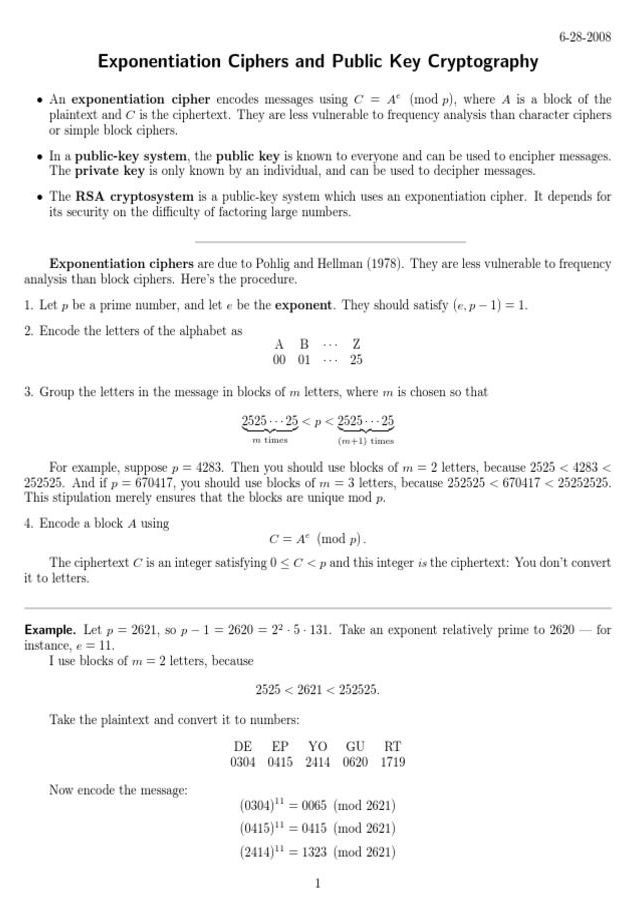There is enough room to plant another 1.2 trillion trees on Earth. If we plant 1.2 trillion trees this could cancel out the last 10 years of CO2 emissions and sequester 160 billion tons of CO2.
Above – Potentially possible tree density: Additional trees in yellow. (image: Crowther Lab / ETH Zurich)










